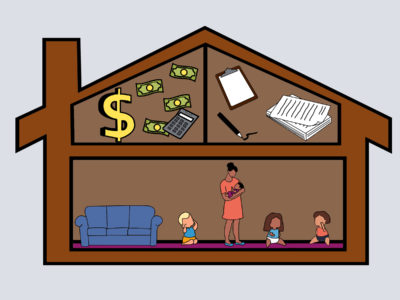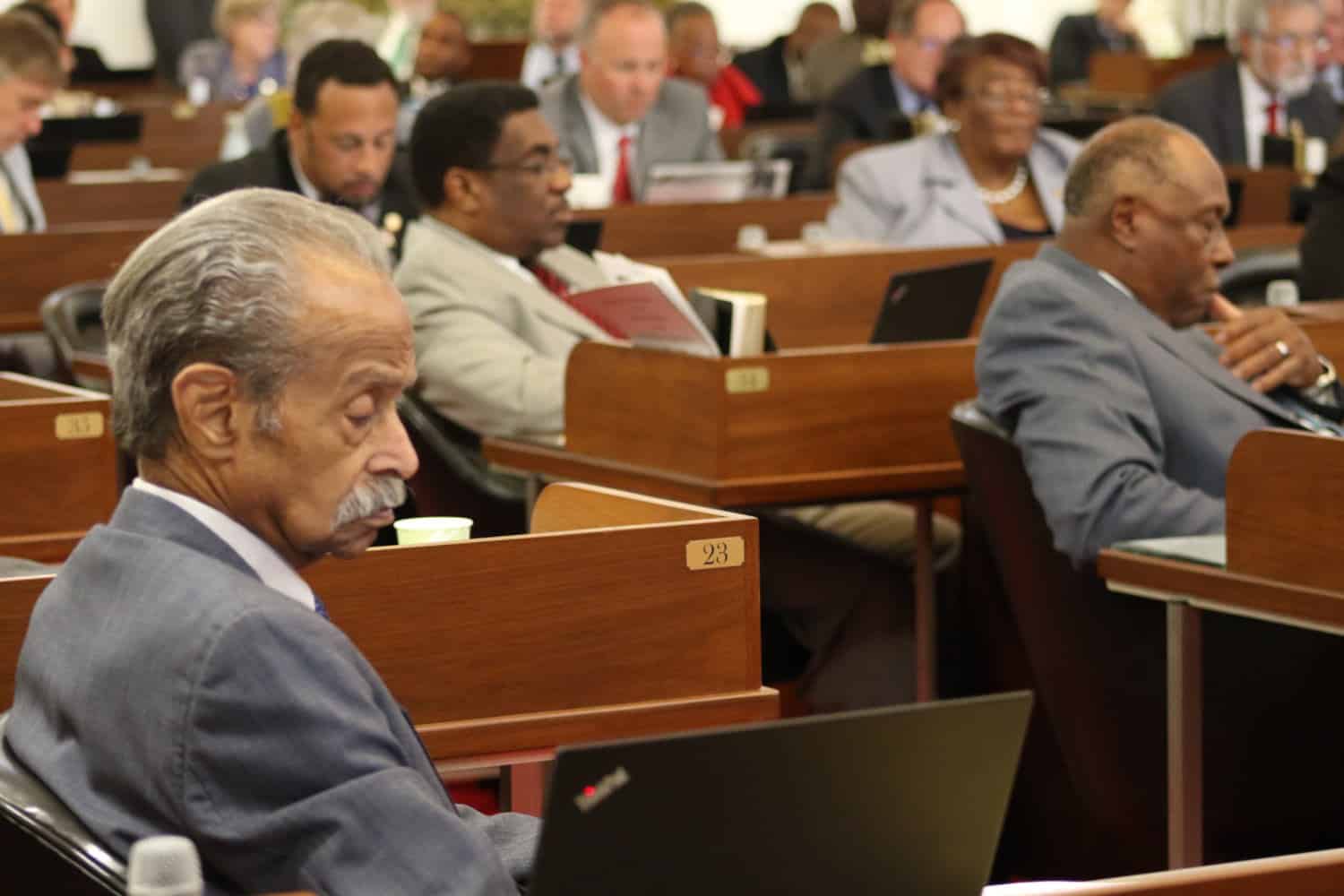The House passed measures last night to change how schools are deemed low-performing and to loosen the requirements around charter school expansion.
The bills were part of lengthy line-ups of legislation that the chambers heard into late in the night to meet “crossover,” the deadline for bills to pass either the House or the Senate in order to remain alive for the session.
House Bill 779, if passed by the Senate, would allow charter schools to expand enrollment by 30 percent in a year without having to go before the Charter School Advisory Board (CSAB) with a revised charter and prove that they meet certain criteria. Right now, that threshold is 20 percent.
Rep. Cecil Brockman, D-Guilford, added an amendment, which was passed by the House on the floor and requires low-performing charter schools to stay at 20 percent — meaning those schools would still have to make a case to the CSAB if wishing to expand beyond 20 percent in a year.
Rep. Graig Meyer, D-Orange and Durham, said he thought the amendment improved the legislation by stopping the rapid growth of academically weak schools, but he still voted against the bill.
“The number one reason why charter schools close in this state is because of fiscal problems,” Meyer said. “And charter schools that are in fiscal trouble are still going to be able to expand rapidly under the current version of the bill. We don’t need to encourage schools that are about to go out of business to be able to add more students before they collapse.”
House Bill 826 passed the chamber unanimously. If approved by the Senate, it would change the state’s definition of a low-performing school. Under current law, low-performing schools are ones that receive a school performance grade of a D or F and do not exceed expected growth.
This bill would exclude schools that meet expected growth from having a low-performing status. The move would lower the number of schools considered low-performing.
In the 2015-16 school year, there were a total of 489 low-performing schools and 10 low-performing districts. See a full list here.
Both bills now head to the Senate.
Recommended reading




